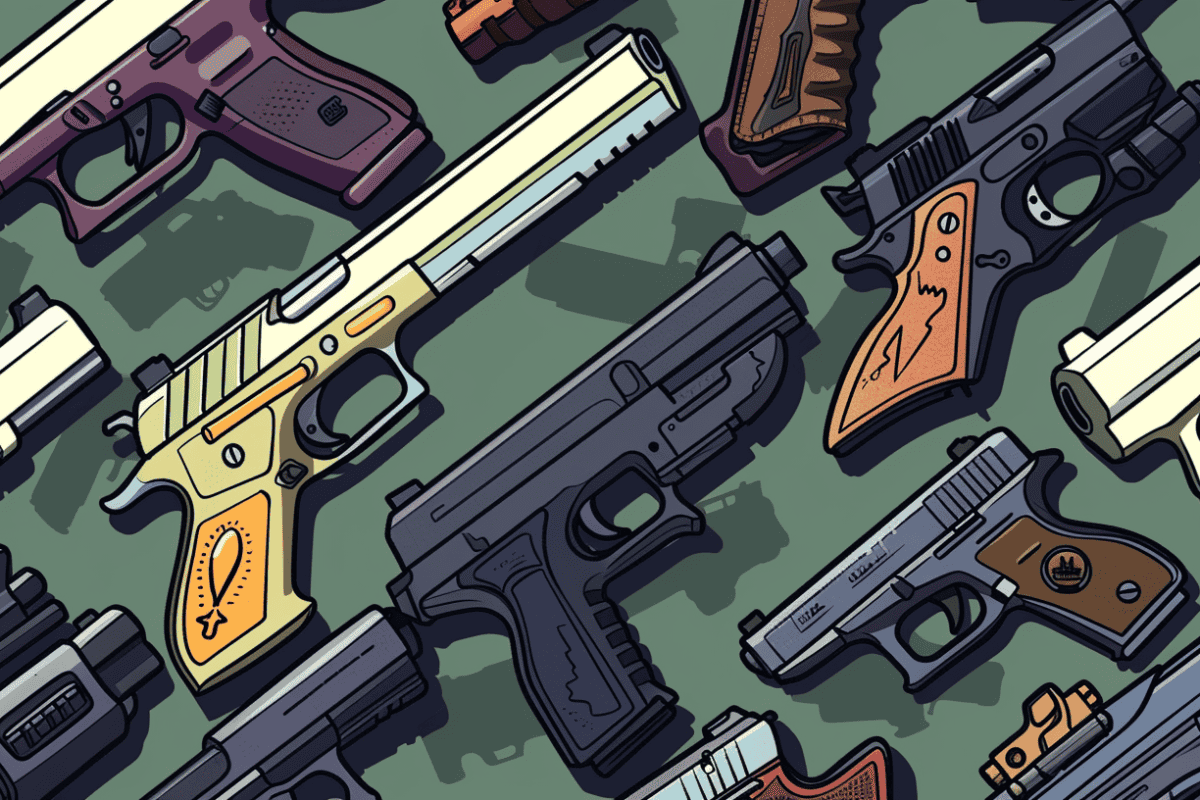In drug discovery and other life sciences industries, data visualization is playing an increasingly important role. Data visualization enables researchers to uncover buried or hidden insights in large amounts of data. In 2021, Seán I. O’Donoghue reported in Frontiers in Bioinformatics that throughout the life sciences sector, nearly all recent breakthroughs have “been accompanied by the development of ground-breaking statistical and computational methods.”
Chief among these is data visualization. While some scientists may still consider that data visualization is optional, in drug discovery, it is invaluable in terms of the amount of data it enables researchers, such as medicinal and computational chemists, along with other researchers, to process and understand. As one example, using traditional methods, medicinal chemists can’t easily compare and understand SAR information for large compound datasets. Data visualization enables comparisons of large numbers of molecular similarity relationships.
Visualization enhances data processing and comprehension
Data visualization processes start with a dashboard, which helps researchers and others working with data to access, manage, and manipulate a variety of databases. The result can include sophisticated and complex graphics that depict deeper interactions between different data. These data visualization tools are particularly useful at helping make sense of noisy and large data sets during the early stages of the drug discovery process.
In addition, in traditional drug discovery models, medicinal chemists sometimes have to depend on intuition when working on hit-to-lead or lead optimization projects. Data visualization speeds this process and can uncover relationships without the need for intuitive best guesses, even among large amounts of compounds and data. Researchers can also create and use data visualization dashboards that consolidate all of the databases and data sources within their organization, providing access to data that would previously have been difficult and time-consuming to access.
Simpler sharing and collaboration
Through the use of containers, which are plug-and-play tools that enable cross-platform collaboration, data visualization tools make sharing with collaborators and partners much simpler than legacy systems. Researchers around the world can share data and collaborate using three-dimensional data visualization tools.
Teams can access multiple interactive charts in a configurable project view, enabling quick and simple progress tracking within projects. They can also annotate and label compounds of interest, and customize charts and views to support team collaboration and reporting, including for publication purposes.
More space and ways to view data small molecule data
Data visualization tools enable R&D departments to expand their data views and explore relationships between different compound structures and properties. In addition, for researchers involved in drug discovery, the ability to visualize customized cell lines adds another layer of insight and understanding. Thanks to these tools, researchers can immerse themselves in visualizations that help to make complex and large amounts of data easier to understand and manipulate.
The methods that allow expanded viewing of data for drug discovery are sometimes called “mixed reality.” Mixed reality – a technique still in its infancy within the drug discovery sector – enables researchers to view data beyond the limits of computer monitors or tablets. It can enable the data to be shown visually in a true 3D space. Immersive representation enables the researcher to see the space all around them. This helps to prevent overlap of data points and can help researchers to truly see the “big picture” that might have been obscured previously.
Benefits of 3D visualization
Moving beyond charts and graphs, 3D visualization is able to illuminate dynamic 3D shapes of drug molecules. 3D visualization enables researchers to uncover insights into molecule behavior and physical properties. In expanded views, virtual reality can combine with 3D visualizations to provide uniquely-valuable and effective ways to view small molecules, even with little or no target structure information.
Bridging the gap between computers and humans
Bioinformatics visualization allows humans to understand and interpret large amounts of data. It can uncover relationships between different datasets stored in the cloud. Through machine learning (ML), virtual reality (VR), and augmented reality (AR), humans can interact with data more quickly, effectively, and insightfully than ever. R&D programs that aren’t using data visualization tools can experience slower discovery times, more missed opportunities, and more significant delays in bringing promising new drugs to the market.
Data visualization is truly revolutionary, enabling researchers to move beyond paper or numerical processes as well as beyond the limitations of flat, limited monitor or tablet screens. Self-service data based in the cloud, presented in a user-friendly visual format, helps teams to collaborate more effectively no matter where team members are located around the world.
A data visualization program for your drug discovery program
StarDrop by Optibrium is an example of a data visualization platform for small molecules that provides powerful features benefiting drug discovery programs. Going beyond simple data visualization and SAR analysis, StarDrop gives you flexible options in a visualization like Card View, which allows you to choose the way you want to view your compounds and data. The Glowing Molecule enables you to explore relationships between structure and molecule properties.
And, StarDrop offers a number of modules that can expand your drug discovery data visualization capacities, including predictive models for ADME properties, QSAR model building, and 3D SAR analysis. Another module supports de novo design which can boost the search for new optimization methodologies.
Conclusion
Data visualization is revolutionizing the drug discovery process with new tools that are speeding the process and increasing success rates. In October 2022, a letter published in ACS MedicinalChemistry offered data on 50 medications approved by the FDA in 2021 and 2022, showing that all had benefited from data visualization throughout.
This is a sponsored post
Digital Health Buzz!
Digital Health Buzz! aims to be the destination of choice when it comes to what’s happening in the digital health world. We are not about news and views, but informative articles and thoughts to apply in your business.


